The Caliciviruses, Reoviruses and Astroviruses
Cement foundations and a few scattered pillars are all that now remains of the Bronson Norwalk Elementary School in Ohio in the United States. While the school was demolished more than 40 years ago, for the virus that made its first sickening appearance there, the past four decades have been ones of prolific growth and spread.
The first outbreak of Norwalk Virus—now known as Norovirus—produced “a lot of puking kids”, according to doctors dealing with it at the time. But that was just the start. Since Norovirus sparked this first known outbreak in Ohio in 1968, it has grown to become a world leader as a cause of vomiting and diarrhoea, with almost 700 million people being struck down by it each year.
In 2012, scientists in Britain eager to investigate how Norovirus manages to be so prolific and resilient even created a "humanoid simulated vomiting system".
“Vomiting Larry”—as the system was nicknamed—showed that Norovirus particles can travel an astonishing three metres (almost 10 feet) in an episode of projectile sickness. And since it takes fewer than 20 virus particles to infect someone, each droplet of vomit or gram of faeces from an infected person can contain enough virus to infect more than 100,000 people.
The illness that Norovirus causes, also known more generally as gastroenteritis, can also be caused by a range of other viral disease threats. These include the relatively well-known Rotavirus, which is the leading cause of fatal diarrhoea around the world and causes more than 250 million infections globally each year, and the less well known Human Astrovirus.
All three use a similar mode of attack: entering the human body via what is known as the faecal-oral route. This means they get in when people fail to wash their hands after going to the toilet and then put their fingers in their mouth, or when splashes of vomit from an infected person find their way via contaminated surfaces and unwashed hands into a new victim’s digestive system.
While they share many rather gross common traits, these persistent viruses come from three different families of pathogens—the Calciviruses, the Reoviruses and the Astroviruses. All three are among The Viral Most Wanted
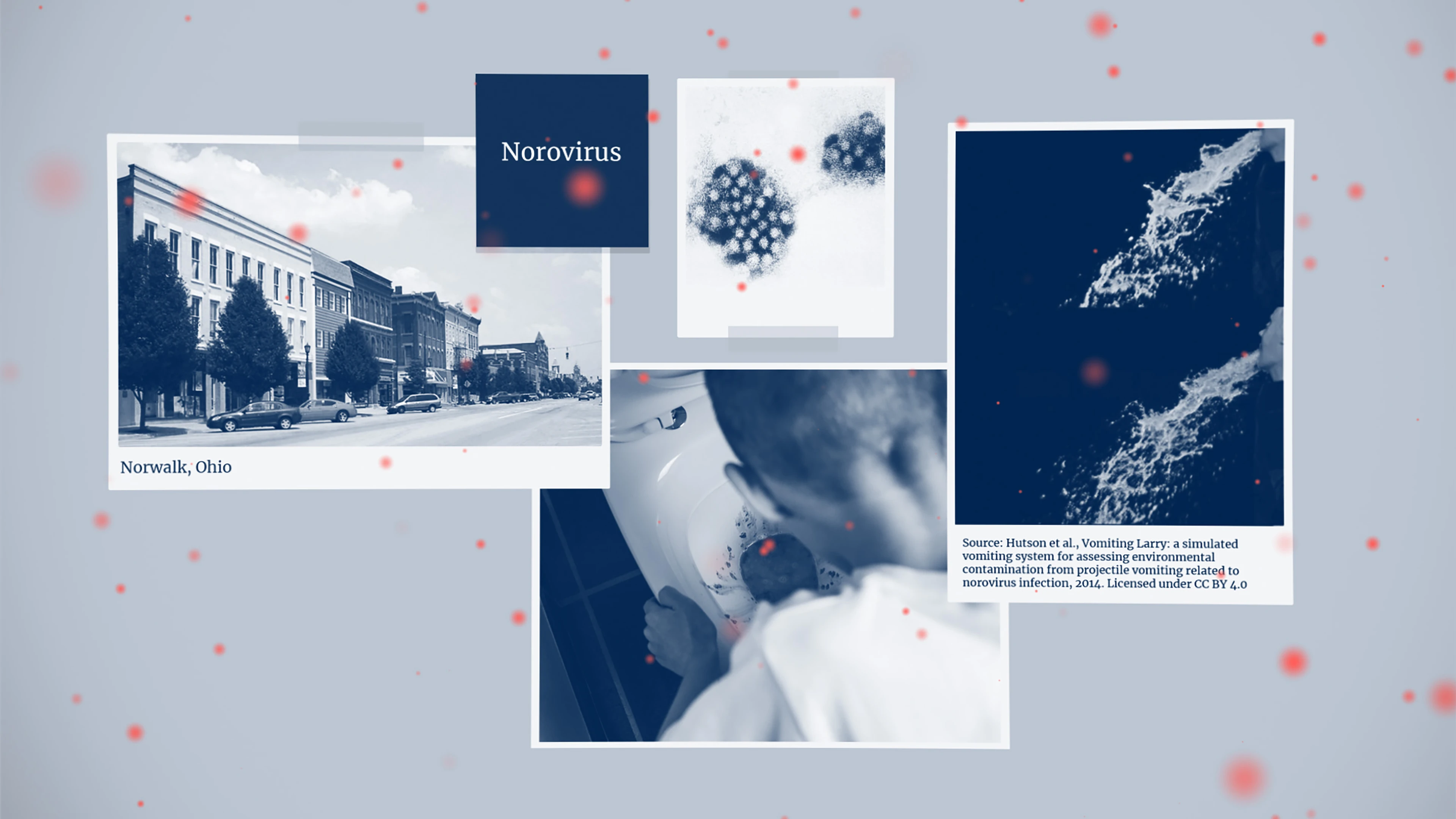
Big Close-Knit Families?
Not genetically, no. There are multiple viruses across the Calicivirus, Reovirus and Astrovirus families that are known to be able to infect humans. But since each of these families has evolved separately, there are significant genetic differences between them. This means that while they all can infect humans and cause similar illnesses like gastroenteritis, they are not closely related.
Prime Suspects
Besides Norovirus, the Calicivirus family harbours two other prime suspects in terms of human disease—Saporvirus and Recovirus. In the Reovirus family, the main culprits are Orthoreovirus, Coltivirus, Rotavirus and Orbivirus. And in the Astrovirus family, there are known to be several different strains of Astrovirus that can cause human infections.
Nicknames and Aliases
All of the human gastroenteritis-causing viruses in these three families are colloquially referred to as “stomach flu”.
Caliciviruses derive their name from the Latin word calyx, meaning cup or goblet, referring to the cup-shaped dimples covering the surface of Calicivirus particles.
Norovirus was originally named Norwalk Virus after the town of Norwalk in Ohio where it first caused an outbreak in an elementary school. It is also commonly referred to as the “winter sickness bug” or “winter vomiting virus” since outbreaks often erupt in the colder seasons when people spend more time in enclosed spaces in close contact with others.
Some scientists have dubbed Norovirus “the perfect pathogen” because it is highly infectious, spreads prolifically, can survive for weeks and does not tend to be lethal to its hosts.
The name Astrovirus derives from the Greek word “astron” meaning star.
Rotavirus gets its name from the Latin word “rota”, which means wheel. It doesn’t often have an alias, but it is sometimes called Rotaviral Gastroenteritis.
Distinguishing Features
Viruses in the Calicivirus family have multiple distinct cup-shaped dimples that give them a unique appearance, while some Astroviruses look a bit like tiny stars, with five or six points sticking out from their surface.
Among the Reoviruses, Rotavirus is known for its wheel-like structure with a smooth outer layer, while Orthoreovirus looks more like a minuscule golf ball with tiny bumps on its surface.

Source: Viral Zone by SwissBioPics
Modus Operandi
Astroviruses attach to specific receptors on the surface of intestinal cells known as enterocytes and enter the cell via a process where the cell engulfs the virus particle. Once inside, the virus releases its RNA genome, which is then replicated. As new viral particles are created and released from the cell, they cause cell damage and lead to symptoms such as diarrhoea and nausea.
Reoviruses, including Rotavirus, infect human cells by binding to specific receptors on the host cell surface and entering them via a process known as receptor-mediated endocytosis. Inside the cell, Reoviruses shed their outer layer and release their genomes before replicating. As new viral particles are released from the cell, they can cause cell lysis—when the cell’s membrane breaks down—which leads to symptoms like severe diarrhoea.
Accomplices
None. All human viruses in these three families spread through direct contact and do not use accomplices or vectors like insects to transmit from one person to another. In other words, the only real “accomplices” in the spread of Reoviruses, Astroviruses and Caliciviruses are a lack of access to clean water and good sanitation and people not washing hands properly after using the toilet or preparing food with contaminated hands.
Common Victims
Babies, young children and the elderly are among those most vulnerable to falling victim to viruses in these three families of culprits. People whose immune systems are weakened or compromised by other health conditions are also at higher risk of developing severe illness from a Calicivirus, Reovirus or Astrovirus infection.
Rotavirus is a particular threat to babies and young children. While disease detectives warn that almost every child in the world under five years old is risk for Rotavirus infection, they also estimate that 90 percent of Rotavirus-associated deaths are in developing countries in Africa and Asia.
Norovirus is extremely well adapted to exploiting opportunities to spread in confined settings where large numbers of elderly people or young children come together—nursing homes or day-care centres for the elderly, as well as in playgroups, schools and on cruise ships.
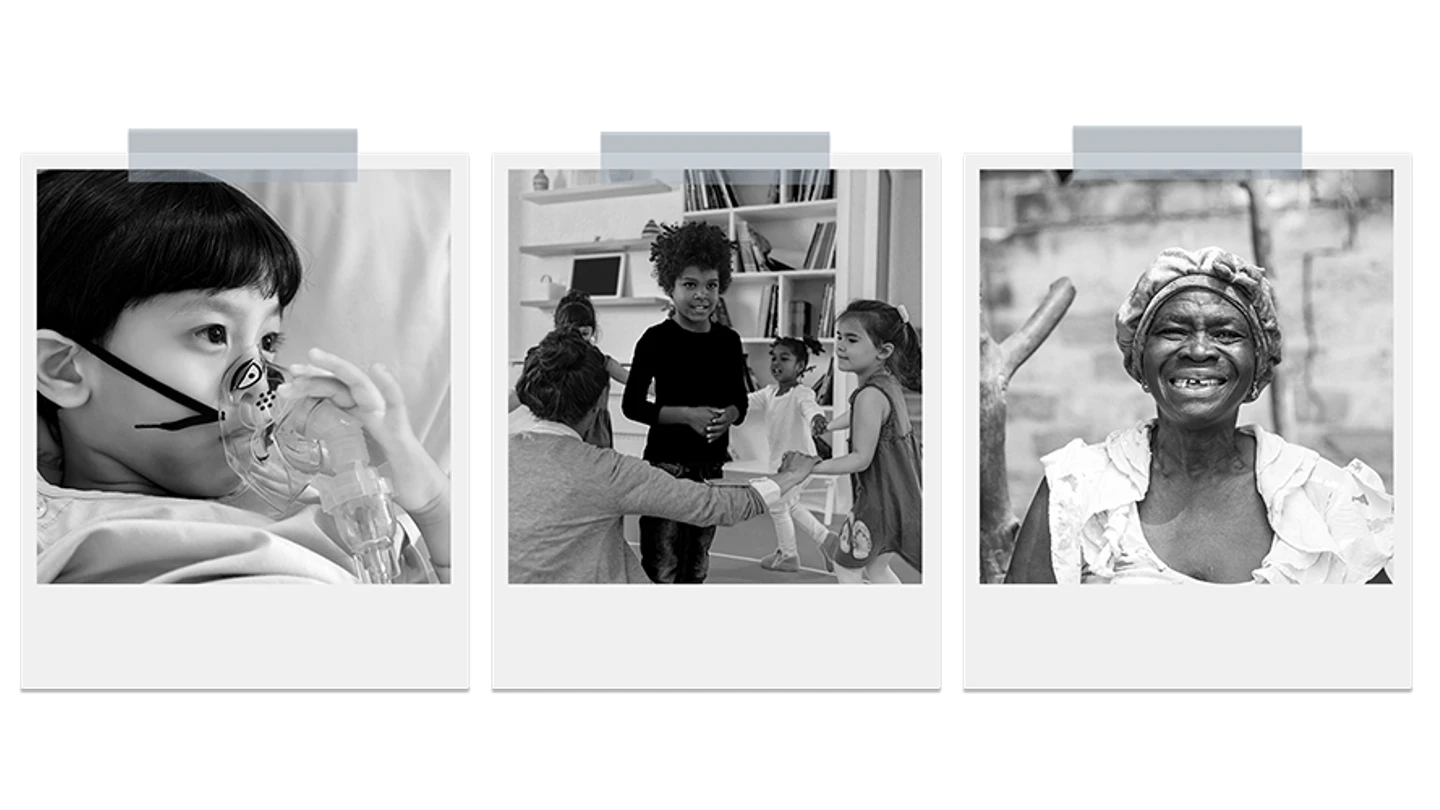
Infamous Outbreaks
Norovirus
Norovirus has gone on to cause thousands of mini outbreaks of disease around the world every year since its original appearance in the Norwalk elementary school in 1968. Besides Norwalk, another notorious Norovirus attack was in 2014 on board a Royal Caribbean cruise ship called “Explorer of the Seas” when almost 700 passengers and crew got sick.
The World Health Organization estimates that there are around 685 million cases of Norovirus infection around the world each year, including 200 million cases amongst children under five years old. Norovirus kills an estimated 200,000 people a year—including 50,000 children—and costs an estimated $60 billion globally each year due to healthcare costs and economic losses.

Rotavirus
Rotavirus is the main cause of gastroenteritis worldwide, so cases of infection and death from this viral attacker are sadly not uncommon in any country. The risk of large and deadly outbreaks of Rotavirus is higher in developing countries or in places where sanitation is poor and health systems are not robust enough to ensure widespread vaccination.
Common Harms
Rotavirus commonly attacks the stomach and intestines, where it causes inflammation that leads to severe, watery diarrhoea, vomiting, fever, belly pain and dehydration.
The Calicivirus prime suspects, Norovirus and Saporvirus, cause sudden onset of vomiting—often projectile—as well as severe diarrhoea, nausea and stomach pain. These harms are usually relatively short-lived and pass within 24 to 48 hours in most cases, but young children, elderly people and people with weakened immune systems can get seriously ill.
While Astroviruses cause very similar types of harms and symptoms as other viral diarrhoeal diseases like Norovirus and Rotavirus, they tend to be less severe and rarely require medical treatment.
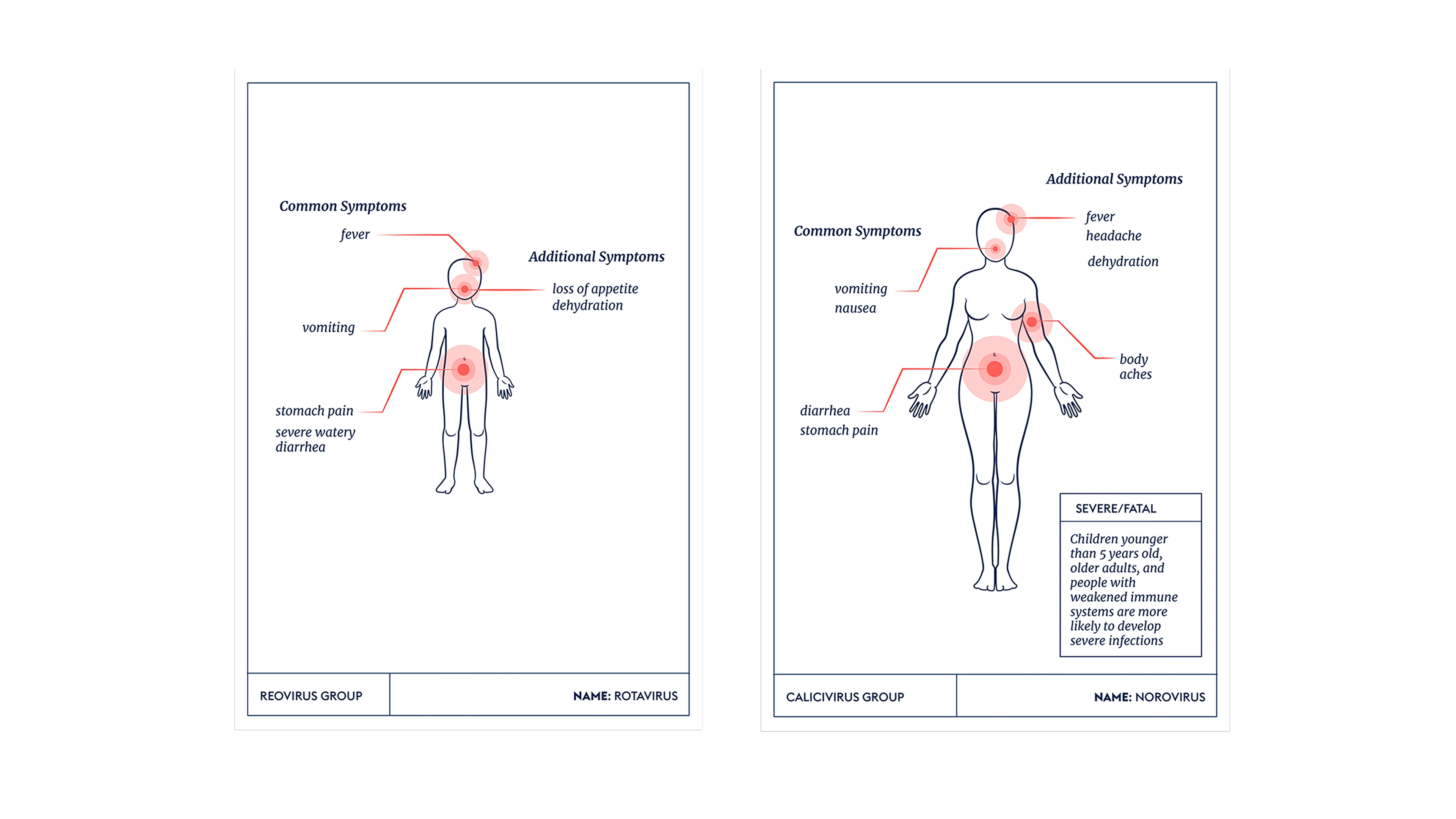
Lines of Enquiry
Scientists relentlessly pursued a number of lines of enquiry on the main culprit in the Reovirus family, with their work bearing fruit first in 1998 and again in 2006 with the development of vaccines against Rotavirus. Now, the discovery of Rotavirus as a major cause of deadly diarrhoea and the subsequent development and widespread use of multiple safe and effectives vaccines to prevent it are described by global health experts as among the most important contributions of medical research to global human health.
The World Health Organization first recommended including the Rotavirus vaccine in national immunisation programmes in the Americas and the European region and in 2005. Four years later, this advice was extended to all regions of the world. Today, these vaccines are used in more than 100 countries and have contributed to dramatic declines in hospitalisations and deaths from diarrhoea.
For Caliciviruses, researchers are also following multiple lines of enquiry in the pursuit of safe and effective vaccines to prevent infection. For Norovirus, the U.S. biotech company Moderna is developing a vaccine called mRNA-1403 that uses messenger RNA technology and is designed to target multiple strains of the virus. A large global late-stage clinical trial of this Moderna vaccine started in the summer of 2024.
A separate group of U.S. researchers at the Washington University School of Medicine is also working on an experimental vaccine against both Rotavirus and Norovirus. The potential dual vaccine, which has yet to be tested in large-scale trials, was designed by incorporating a protein gene from the outer surface of human Norovirus into the genome of a laboratory Rotavirus strain.
For Astroviruses, there are currently no vaccines approved, and disease detectives’ efforts in this field are at relatively early stages—in part due to the comparatively lower threat posed by this viral family as compared to Caliciviruses and Reoviruses.
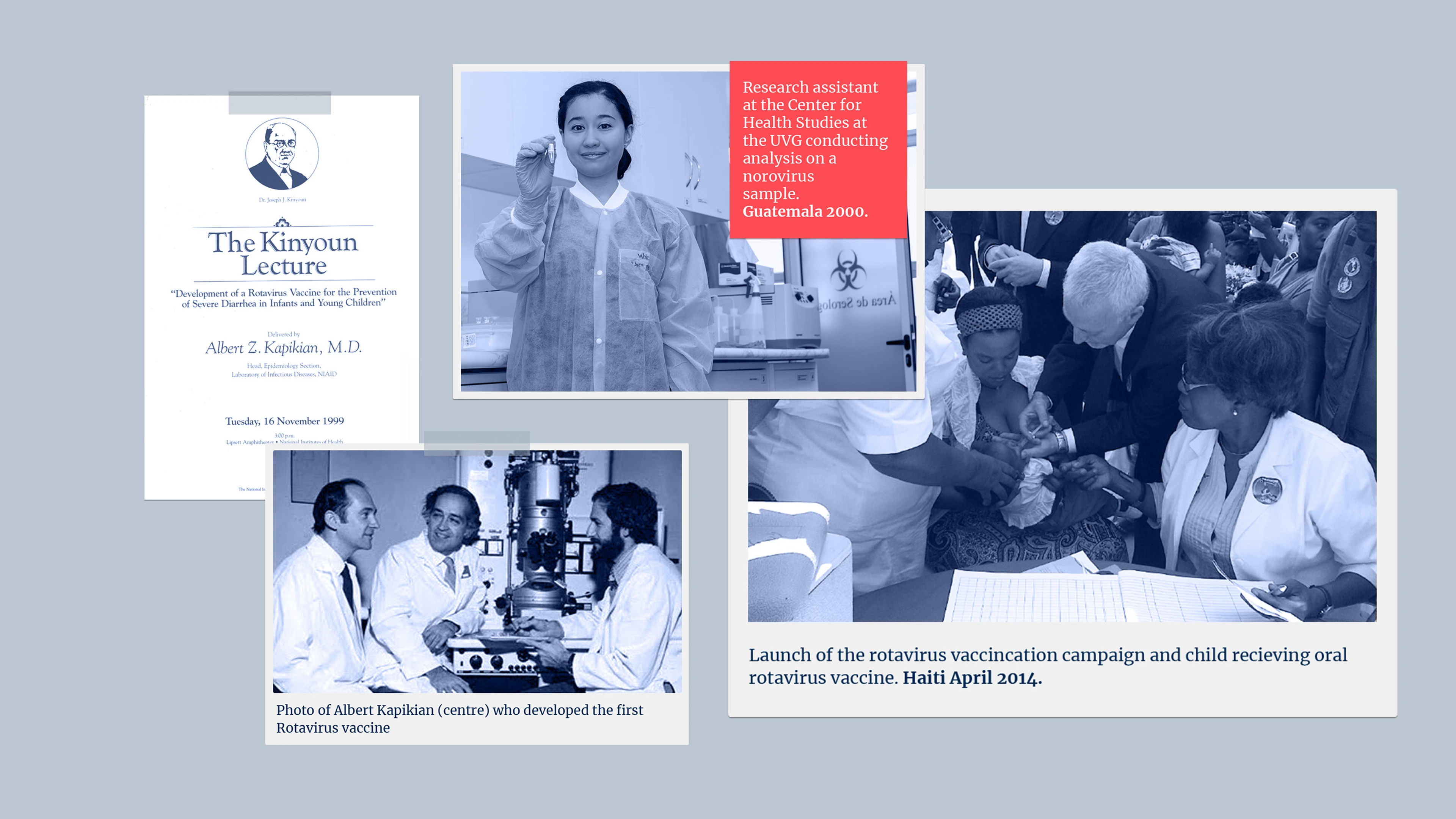
Editor's note:
The naming and classification of viruses into various families and sub-families is an ever-evolving and sometimes controversial field of science.
As scientific understanding deepens, viruses currently classified as members of one family may be switched or adopted into another family, or be put into a completely new family of their own.
CEPI’s series on The Viral Most Wanted seeks to reflect the most widespread scientific consensus on viral families and their members, and is cross-referenced with the latest reports by the International Committee on Taxonomy of Viruses (ICTV).
Related articles
Related articles
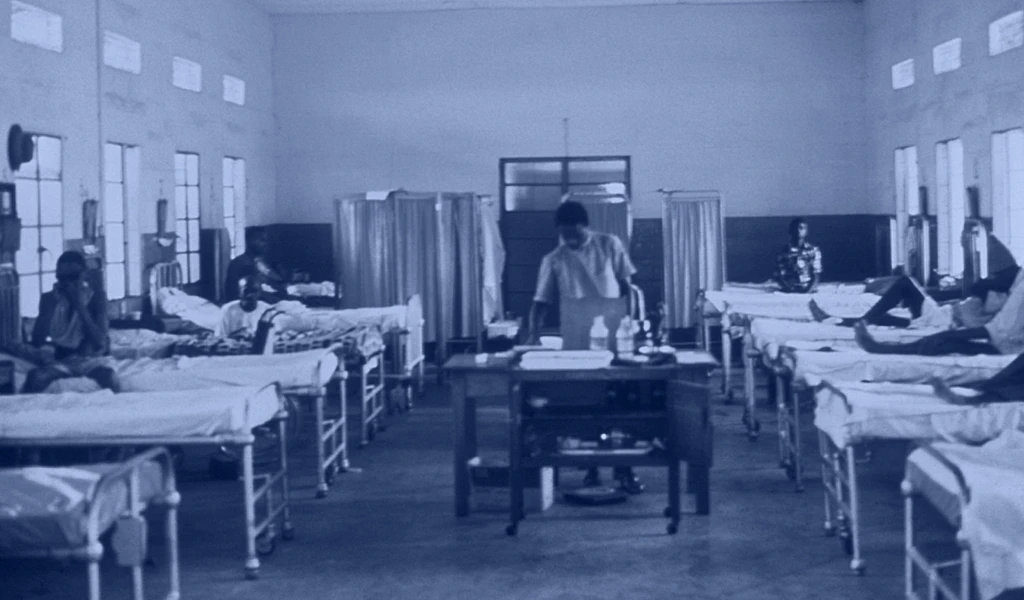
The Arenaviruses
The Arenavirus family includes some of the most lethal haemorrhagic fevers known. All its prime suspects can cause life-threatening disease and death

The Flaviviruses
Yellow Fever is now known as one of several deadly viral haemorrhagic fevers currently classified a Flavivirus, one of The Viral Most Wanted.
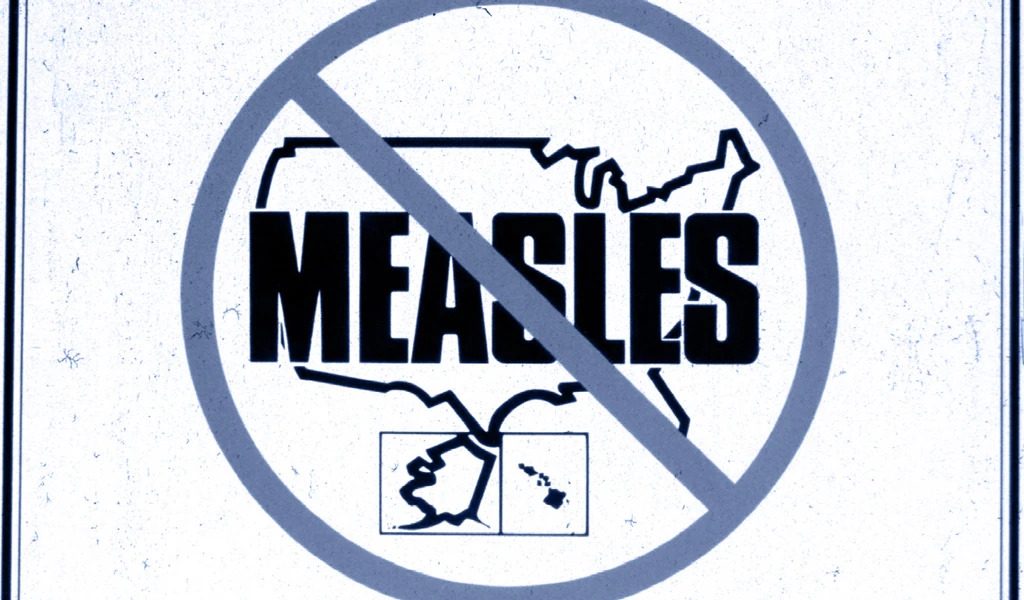
The Paramyxoviruses
This family contains one of the most contagious human viral diseases, as well as one of the most deadly. Explore The Paramyxoviruses.
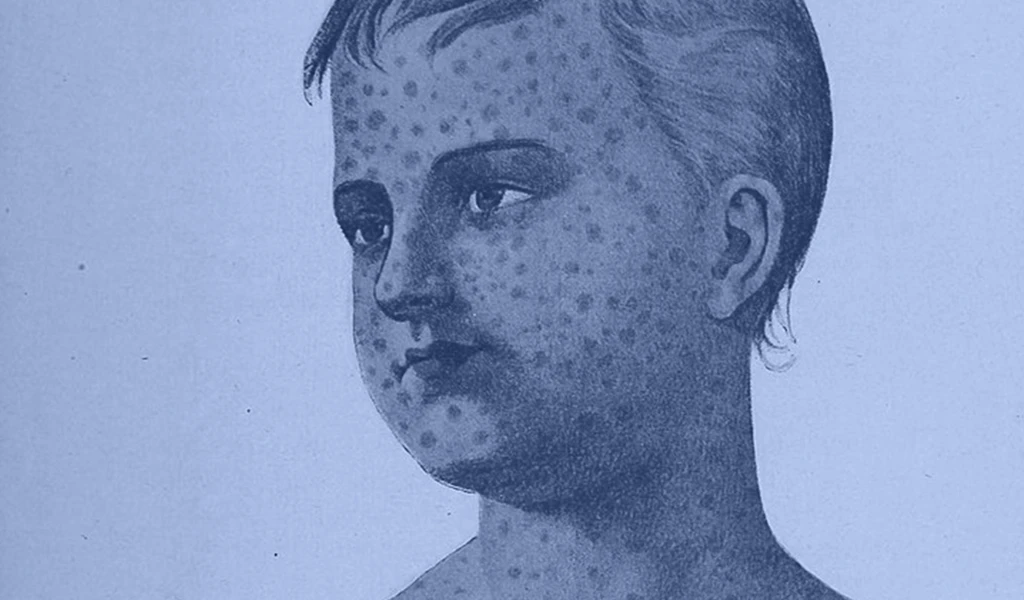
Matonaviruses and Togaviruses
Multiple lines of enquiry against Chikungunya virus and its viral relatives are being pursued by scientists around the world, with the hope for a new protective vaccine coming very soon.
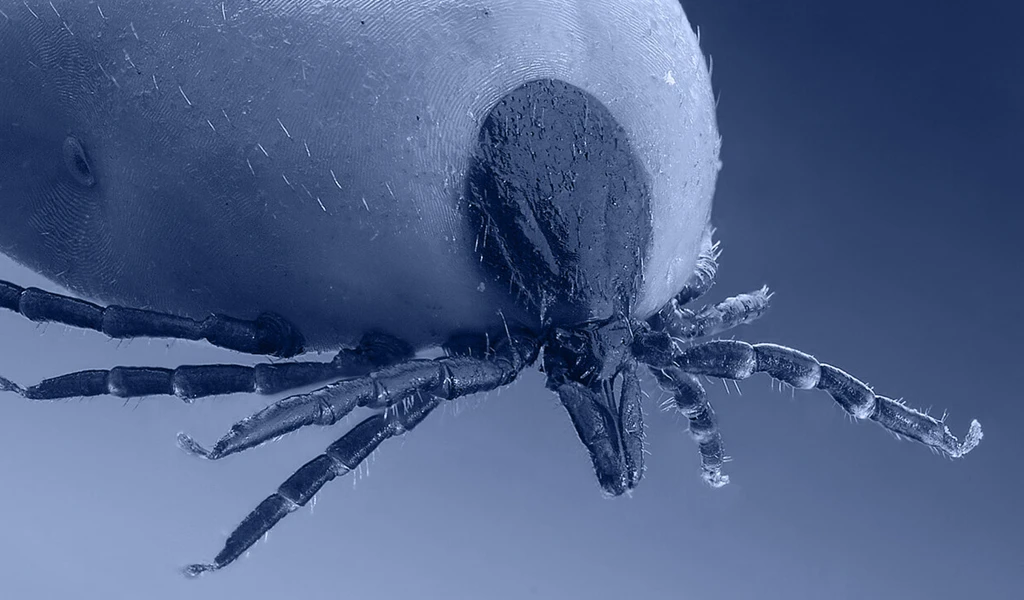
The Nairoviruses
The prime suspect in this family is a deadly virus that causes its human victims to bleed profusely.
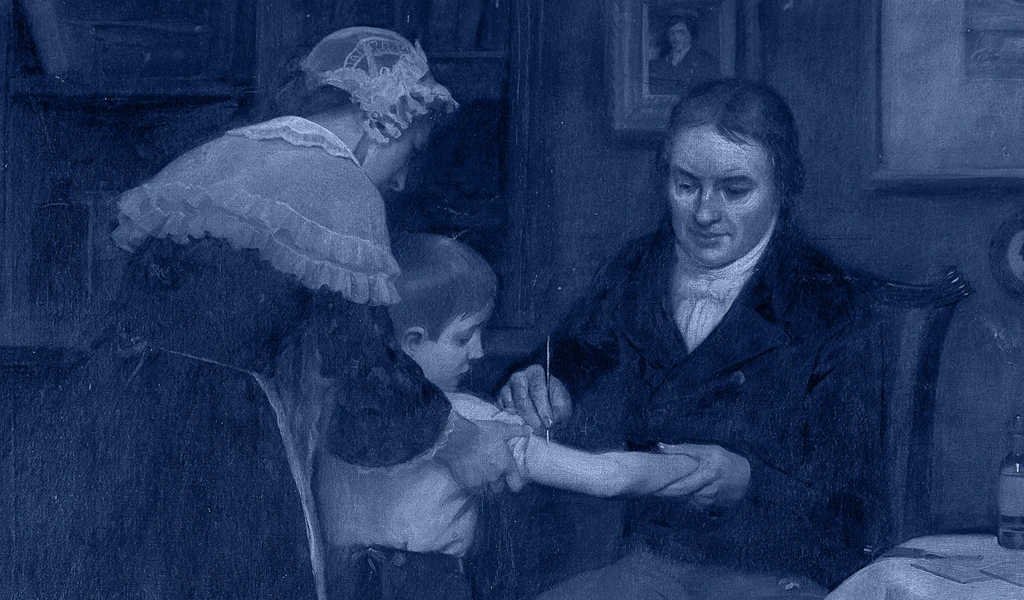
The Poxviruses
The viral family of one of the most fearsome contagious diseases in human history
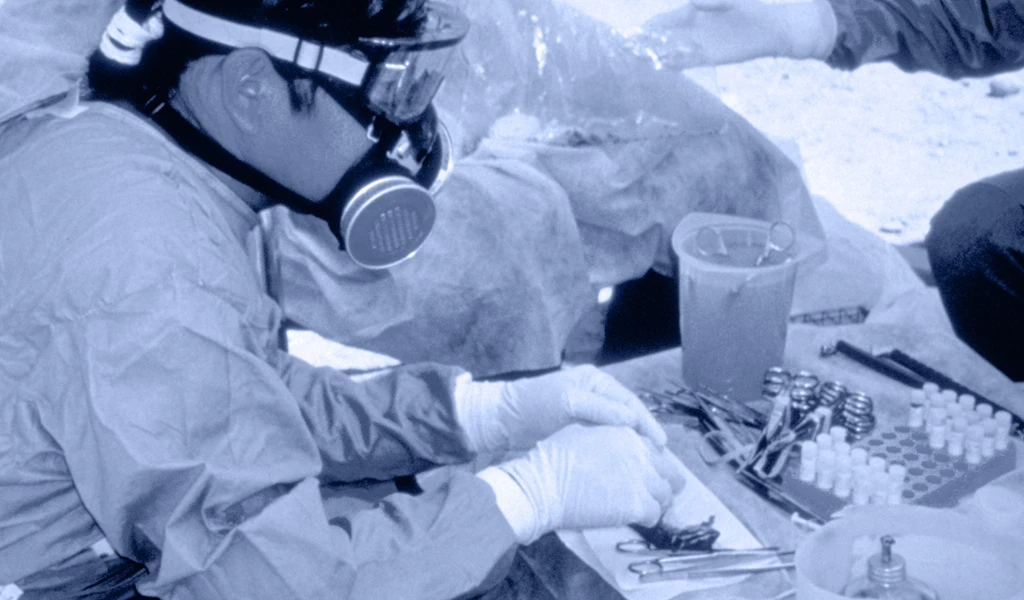
The Hantaviruses
Some Hantaviruses focus their attacks on blood vessels in the lungs, causing the blood to leak out and ultimately ‘drowning’ their victims.
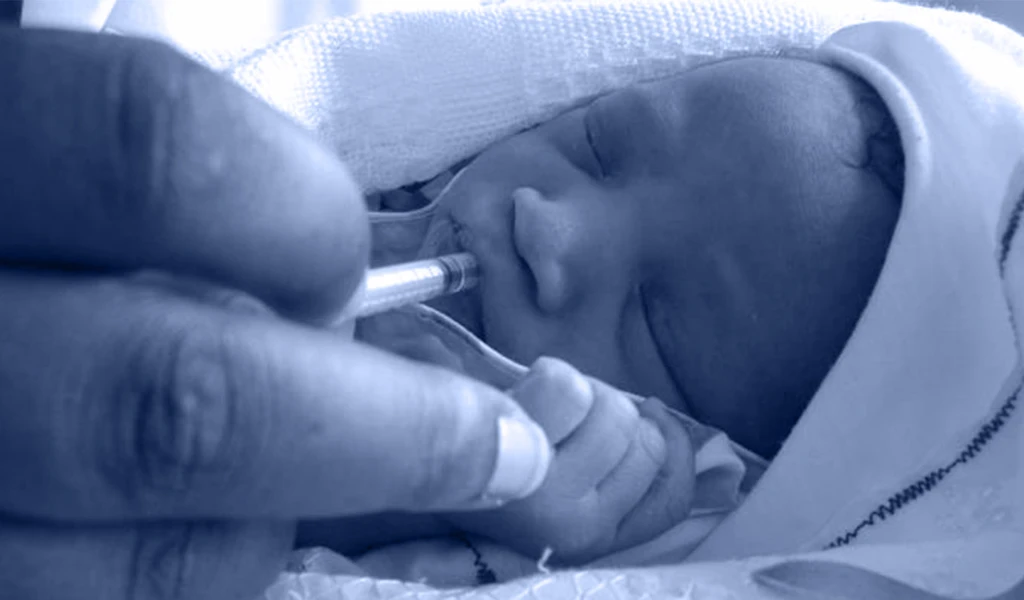
The Retroviruses
The most nefarious Retrovirus—HIV—has infected 85 million and killed 40 million people worldwide.
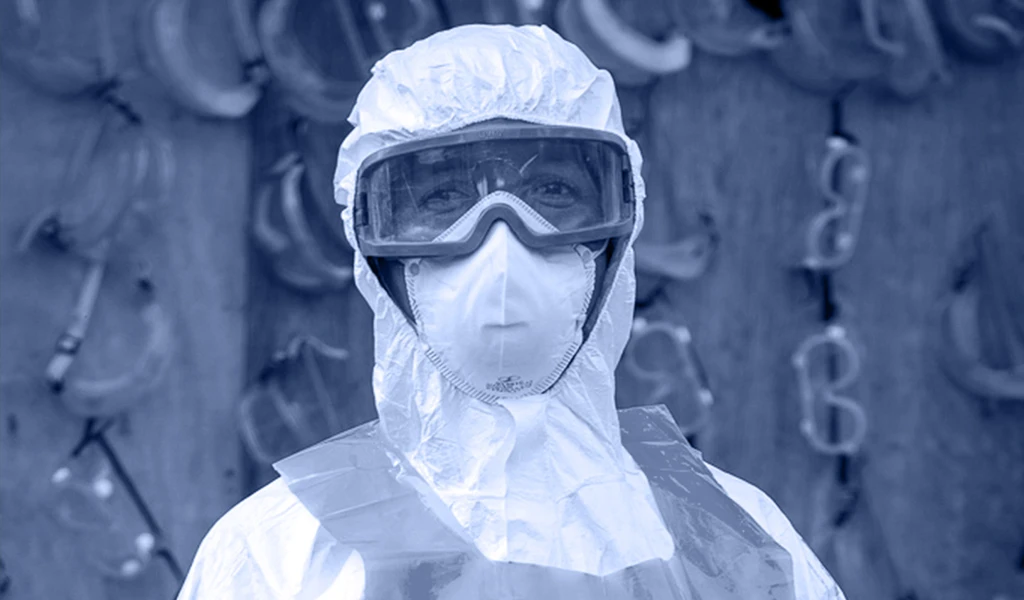
The Filoviruses
“one of the most lethal infections you can think of” - and it's one whose deadly reach is extending ever further
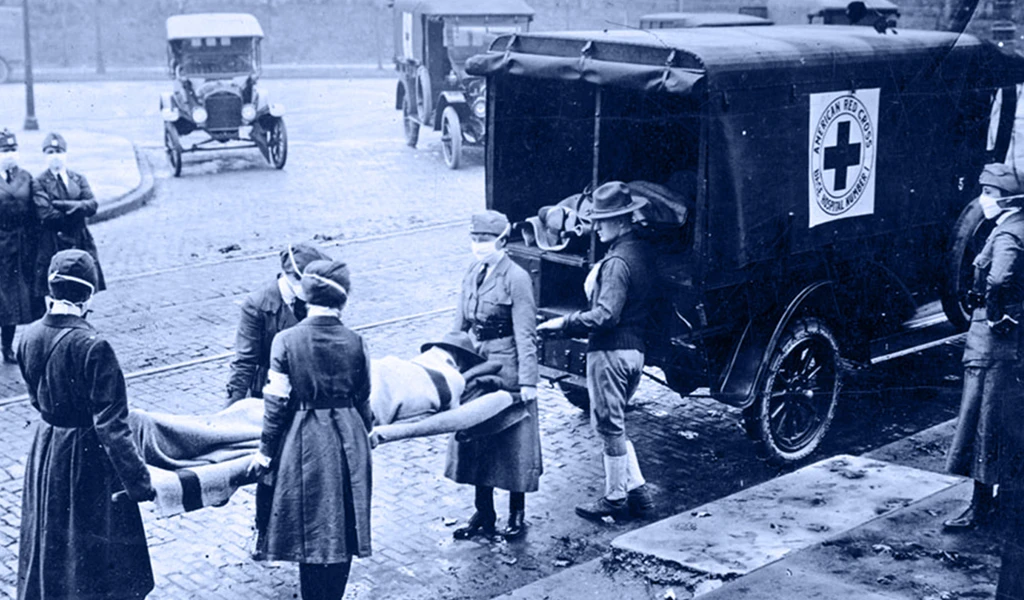
The Orthomyxoviruses
These viral culprits have caused the deadliest pandemics in human history

The Picornaviruses
Large, persistent and deadly outbreaks of a crippling infection caused by one member of this viral family meant that it was once among the most feared diseases in the world

The Phenuiviruses
The most infamous Phenuivirus, Rift Valley fever, poses a significant threat to people and livestock causing serious disease and dangerous outbreaks.